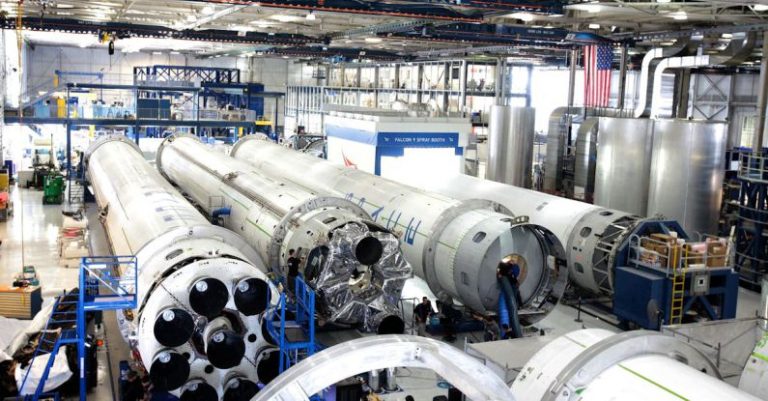Developing Durable Composites for Extreme Environmental Conditions
In a world where infrastructure faces increasingly harsh environmental challenges, the demand for durable materials that can withstand extreme conditions is higher than ever. From scorching heat to freezing cold, corrosive chemicals to high impact forces, engineers and scientists are constantly seeking innovative solutions to create composites that can thrive in such adversities. The development of durable composites for extreme environmental conditions has become a crucial area of research and development, with implications for a wide range of industries, from aerospace and defense to construction and renewable energy.
Challenges in Extreme Environmental Conditions
Extreme environmental conditions present a unique set of challenges that traditional materials often struggle to overcome. High temperatures can cause materials to degrade or lose their structural integrity, leading to potential failure. Similarly, exposure to corrosive substances can accelerate the deterioration of components, compromising their performance and safety. In addition, extreme cold can make materials brittle and prone to fracture, while high impact forces can cause catastrophic damage. To address these challenges, researchers are turning to advanced composite materials that offer superior strength, durability, and resistance to environmental stressors.
The Role of Composites in Extreme Conditions
Composites are engineered materials that consist of two or more different components with distinct properties, combined to create a material that is stronger and more versatile than its individual parts. By carefully selecting the components and designing the composite structure, researchers can tailor the material to meet specific performance requirements, making composites an ideal choice for applications in extreme environmental conditions. For example, carbon fiber composites are known for their exceptional strength-to-weight ratio, making them ideal for aerospace applications where weight reduction is critical. Similarly, glass fiber composites are resistant to corrosion, making them suitable for marine and offshore structures exposed to saltwater.
Designing Composites for Extreme Conditions
When developing composites for extreme environmental conditions, researchers must consider a range of factors to ensure the material’s durability and performance. This includes selecting the right combination of materials, optimizing the composite structure, and testing the material under simulated environmental conditions to assess its behavior. By using advanced modeling and simulation techniques, researchers can predict how composites will perform under different stressors, allowing them to refine the material’s composition and design before it is put into use. Additionally, ongoing monitoring and maintenance are essential to ensure the long-term reliability of composites in extreme conditions.
Innovations in Composite Materials
Advances in material science and manufacturing technologies have led to the development of innovative composite materials that push the boundaries of what is possible in extreme environmental conditions. For example, nanocomposites incorporate nanoparticles into the matrix material, enhancing the material’s mechanical properties and resistance to environmental degradation. Shape memory alloys can change shape in response to external stimuli, making them ideal for adaptive structures that can withstand changing environmental conditions. By harnessing the power of nanotechnology, biomimicry, and other cutting-edge techniques, researchers are creating composites that are stronger, lighter, and more durable than ever before.
Future Directions in Composite Development
As the demand for durable composites in extreme environmental conditions continues to grow, researchers are exploring new avenues to enhance the performance and sustainability of these materials. One promising area of research is the use of bio-based composites, which are derived from renewable resources such as plant fibers and resins. These materials offer a sustainable alternative to traditional composites, reducing the environmental impact of manufacturing processes while maintaining high performance standards. Additionally, the integration of sensors and smart technologies into composites allows for real-time monitoring of structural health, enabling proactive maintenance and extending the lifespan of components in harsh environments.
In conclusion,
Developing durable composites for extreme environmental conditions is a multifaceted endeavor that requires interdisciplinary collaboration, innovative thinking, and a deep understanding of material behavior. By leveraging the unique properties of composites and exploring new avenues of research, scientists and engineers can create materials that are capable of withstanding the harshest conditions on Earth and beyond. As we continue to push the boundaries of material science and engineering, the future of durable composites holds exciting possibilities for a wide range of industries, paving the way for safer, more resilient infrastructure in an ever-changing world.






